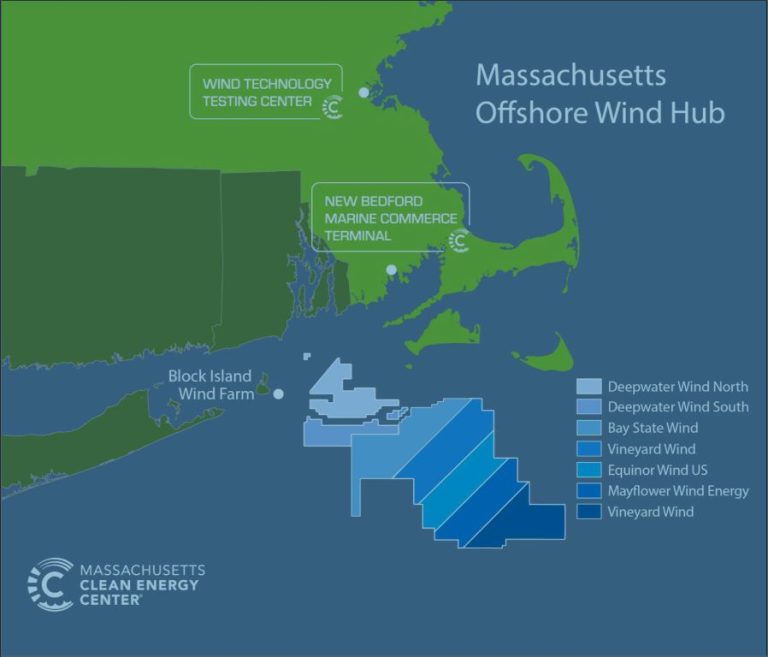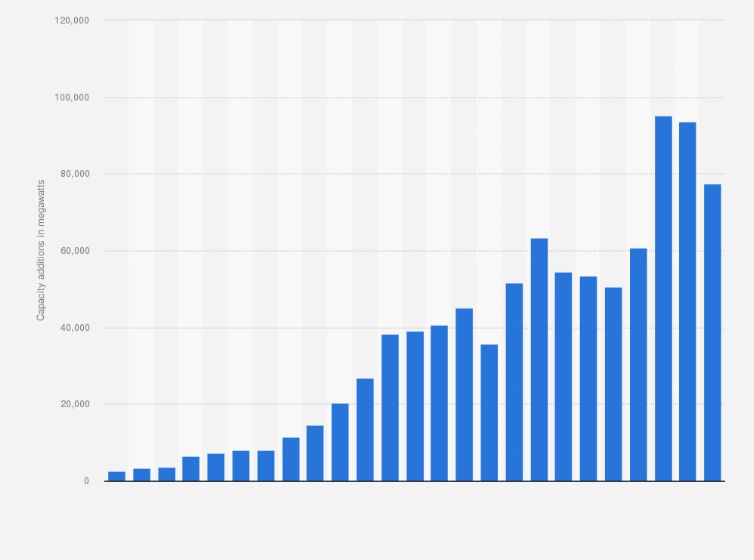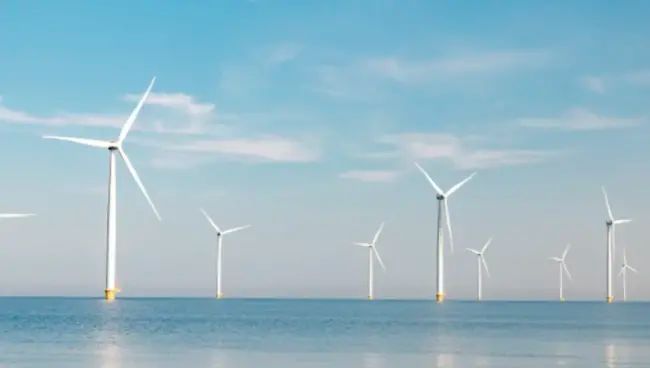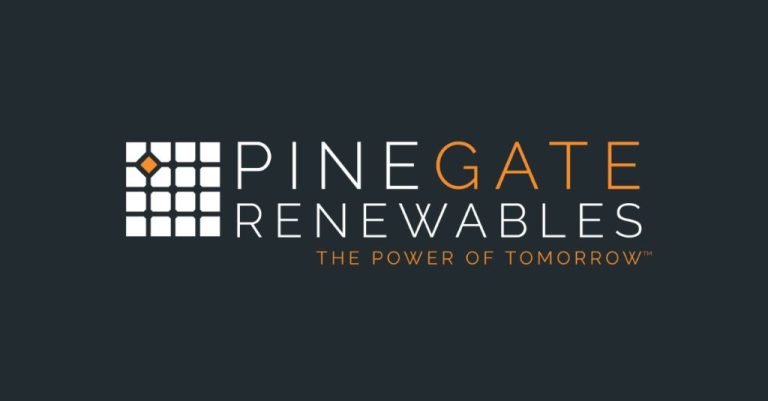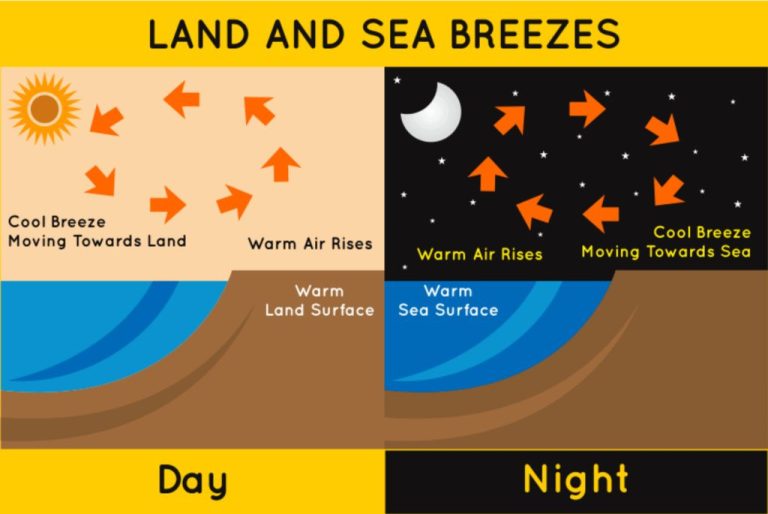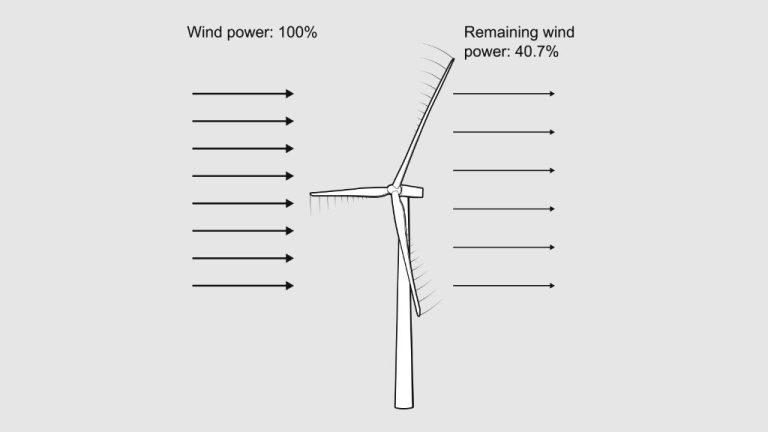What Is The Life Cycle Of A Wind Project?
Wind energy is one of the fastest growing and most promising renewable energy sources in the world. Wind projects utilize wind turbines to harness the power of the wind and convert it into electricity. Globally, installed wind power capacity has grown rapidly over the past decade and continues to expand each year.
The development of a wind project is a complex process that involves many steps over the lifetime of the wind farm. This includes initial planning and permitting, manufacturing and transporting components, construction, ongoing operations and maintenance, and finally decommissioning. At each stage of the project lifecycle, careful coordination is required between various stakeholders such as developers, turbine manufacturers, construction crews, engineers, investors, and local communities.
This article provides an overview of the major phases involved in a wind project from conception to end-of-life. Understanding the project lifecycle can help key players anticipate challenges, maximize value, and ensure the successful execution of wind energy projects.
Planning and Development
The planning and development phase is critical for determining if a proposed wind project is feasible both technically and financially. It involves several key steps:
Site Selection
Potential sites for a wind project are evaluated based on the wind resource, access to transmission lines, environmental impacts, and availability of land. Sites with average annual wind speeds of at least 13 mph at turbine height are generally considered viable. Proximity to existing transmission lines and roads helps minimize costs. Environmental assessments identify potential impacts on wildlife, habitats, archaeological sites, and local communities.
Wind Data Assessment
Extensive wind data is collected on-site for 1-3 years using meteorological towers. This data helps determine the long-term wind speeds and energy production potential. Computer models are created to optimize turbine selections and layout.
Permitting
The developer must obtain all necessary permits and approvals from local, state, and federal agencies. Typical permits address environmental impacts, construction, road use, and aviation. Permitting can take 1-5 years depending on the location.
Financing
Once the wind data confirms sufficient resource, the developer secures financing through debt and equity sources. Power purchase agreements with utilities can help guarantee future revenue streams.
Manufacturing
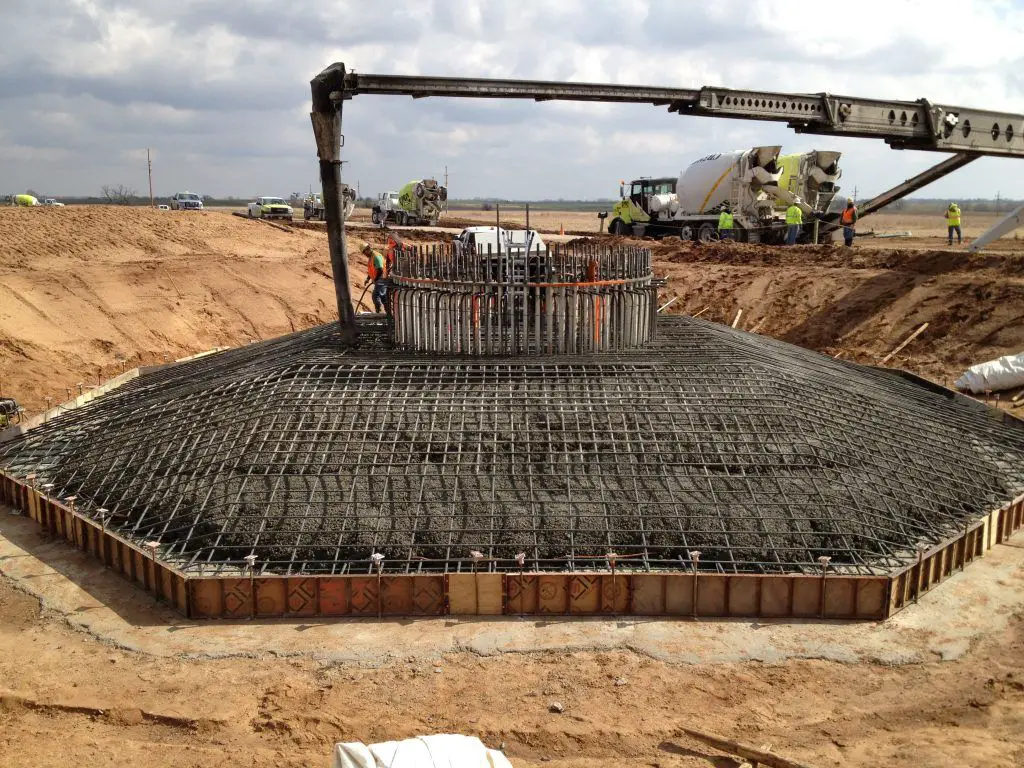
The three main components in a wind turbine are the blades, tower, and nacelle which contains gears, generator, and other internal machinery. Manufacturing these components is a complex process utilizing specialized factories and equipment.
Blade manufacturing starts with two fiberglass or wood/epoxy halves that are glued together with a honeycomb or balsa wood center for stiffness and strength. The seam is then sanded and painted with a protective UV coating. Blades can be over 60 meters long for large utility-scale turbines.
Towers are predominantly tubular steel, made from rolled steel plates that are bent and welded into tube sections. Concrete towers are less common. Tower sections are then coated and shipped to the site and bolted together into one column. Hub heights can exceed 120 meters.
The nacelle houses intricate machinery like the gearbox, generator, brakes, and control systems. Gearboxes increase the rotational speed from the rotor to match the generator. Generators, mainly employing electromagnets, convert the mechanical energy into electrical energy. Other machinery regulates power output, braking, and yaw motion.
Quality control and testing ensures components meet strict standards for durability, efficiency, and safety. Proper manufacturing is key to producing reliable wind turbines with long lifespans of 20-25 years.
Transportation and Construction
Transporting the various wind turbine components from the manufacturing facilities to the wind farm site can be a major undertaking. The tower sections, blades, nacelle, and other parts are large and heavy, requiring specialized trucks, rail cars, and sometimes barges or ships. Careful logistical planning is needed to coordinate the shipments and assemble the components on site.
Once the components arrive at the wind farm location, significant civil engineering work is required to prepare the site. Access roads need to be constructed to enable the transportation of turbine parts. Crane pads must be created to provide stable, level platforms for the large cranes used in assembly. Often concrete foundations are poured to anchor each wind turbine. Underground collector cables are installed to gather the electricity generated by each turbine.
Turbine assembly involves carefully lifting the tower sections, nacelle, rotor hub, and blades into place using large cranes. The components are then fastened and connected. Highly skilled wind turbine technicians oversee the process, which can take several days per turbine. Strict safety protocols are followed during this complex process of erecting structures that can be over 500 feet tall.
Commissioning
After the construction phase is completed, the wind facility goes through extensive testing and inspection before full operations can begin. Commissioning typically involves the following key steps:
- Individual component testing – Each turbine and electrical component is tested independently to ensure proper installation and functionality.
- System testing – The turbines are connected to the electrical system and tested as an integrated system to verify performance.
- Trial operation – The wind facility operates for a trial period to confirm it meets production specifications and identify any issues.
- Inspections – Teams thoroughly inspect wind turbines, electrical components, and other infrastructure.
- Performance testing – The facility’s power production capabilities and reliability are evaluated.
- Certification – Local authorities inspect the wind farm and certify it is ready for full commercial operations.
Commissioning provides quality assurance and confirms the wind facility was built according to plan. Passing all required tests and inspections demonstrates the project is ready to begin generating clean electricity.
Operations and Maintenance
Once a wind project is constructed and commissioned, the operations and maintenance (O&M) phase begins. This involves all the activities required to operate, maintain, and optimize the wind turbines and overall wind project during its operating lifetime.
Ongoing monitoring and analysis of the wind turbines’ performance and condition is a key aspect of operations and maintenance. This includes monitoring power output, availability, gearbox and generator temperatures, vibration analysis, and other parameters. Remote monitoring systems collect data in real-time to identify any issues requiring maintenance.
Routine preventive maintenance is conducted on wind turbines according to the manufacturer’s recommended schedules, often involving a major overhaul every 1-2 years. Maintenance activities include lubricating parts, tightening bolts, replacing worn components, and repairing any faults or issues uncovered during monitoring. Accessing wind turbine components for maintenance can be challenging and require specialized equipment like heavy lift cranes.
The goal of operations and maintenance is to optimize the performance and lifetime of the wind turbines and overall wind farm. With good O&M practices, wind projects can achieve availability levels of 97-98% or higher. The operations team works to maximize power production and minimize downtime. They may adjust turbine control settings or operations procedures to optimize performance based on changing site conditions.
Performance Monitoring
Once a wind farm is operational, the owner will monitor its performance to track energy production and optimize output. Data acquisition systems collect operating data from the individual wind turbines and meteorological stations installed onsite. This data is fed into a central computer system called a Supervisory Control and Data Acquisition (SCADA) system.
The SCADA system compiles and analyzes the operating data to generate reports on the wind farm’s total power production, availability, capacity factor, downtime events, and other key performance indicators. Operators use this information to identify any turbines that may be underperforming. The SCADA data also helps operators understand what factors like wind speed, turbulence intensity, temperature, and air density have on the wind farm’s productivity.
If an issue is detected with an individual turbine, technicians can be dispatched to inspect, maintain, and repair it. Performance monitoring enables wind farm owners to maximize productivity and revenue. As wind turbines age, any loss in efficiency can be tracked and addressed proactively. The performance data also helps operators understand the site’s long-term wind resource and make informed decisions about potential repowering.
Upgrades and Repowering
As wind turbines age, operators face decisions about whether to invest in upgrades and retrofits to extend their useful life or decommission them entirely and repower with newer models. There are several factors to consider when weighing these options:
Turbine retrofits: Newer turbine models are larger and more efficient, but retrofitting an existing turbine with upgraded components can also boost energy production and reliability. Typical upgrades include newer control systems, gearboxes, generators, blades, and power electronics. Retrofits require significant capital expense, but can extend the turbine lifetime by 10-20 years.
Full repowering: Beyond a certain age, the most cost-effective option is to fully decommission and replace old turbines. Repowering leverages improvements in turbine technology to maximize energy production. Modern turbines can generate 2-5 times more electricity than early models. However, repowering requires decommissioning costs and new permits.
The optimal timeframe for repowering is around 20 years. By this point, major components are nearing the end of their lifetime and overhaul costs accumulate. Newer turbine models also qualify for production tax credits to offset project costs. As the wind industry matures, repowering will become an increasingly common strategy to update projects with the latest technologies.
Decommissioning
Once a wind turbine or wind farm reaches the end of its operational life, which is usually after 20-25 years, the decommissioning process begins. This involves dismantling and removing the wind turbines and other associated infrastructure. The main steps in decommissioning include:
Turbine Removal – The wind turbine components are carefully disassembled and lowered to the ground using cranes. The turbine sections are then transported away by trucks. Foundations are removed to a depth of around 1 meter below ground level.
Site Cleanup – After removal of turbines and foundations, the site is cleaned up by grading and landscaping the area to blend with the natural terrain. Underground cables and electrical components are removed. Access roads not needed anymore are taken up and the land rehabilitated.
Waste Disposal and Recycling – Decommissioned turbine materials and components are recycled or disposed of properly. Typically, around 80-90% of turbine materials by weight can be recycled, including metals, plastics, electronics, and lubricating oils.
Environmental Remediation – A thorough environmental assessment is carried out to identify any potential contamination or hazards. Soil and water samples are tested to ensure no leakage of hazardous chemicals occurred during the wind farm’s operations. Any issues are remediated as part of restoration.
Recycling and Waste Management
At the end of a wind turbine’s lifetime, the components need to be recycled or disposed of properly. The nacelle, tower, and other large components are often recycled as scrap metal, which can be used to manufacture new products. The gearbox, generator, transformers, cables, and electronics can also be recycled and materials recovered.
One of the biggest challenges is disposing of the turbine blades, which are made of composite materials like fiberglass, carbon fiber, polyester, and epoxy resins. Recycling blades is difficult, so they often end up in landfills. Some new methods for blade recycling and disposal are being developed, like cutting them into smaller pieces to use as a filler material in cement or asphalt. There is also research into chemical recycling techniques that break down the blades into their basic material components for reuse.
Proper disposal of lubricating oils, fluids, batteries, and hazardous materials is also important at decommissioning. Overall, recycling as much as possible reduces waste and environmental impact. Planning for decommissioning waste management should occur at the beginning of a wind project.

